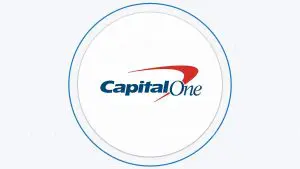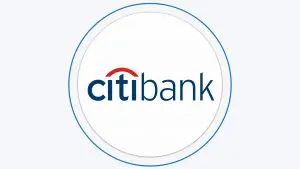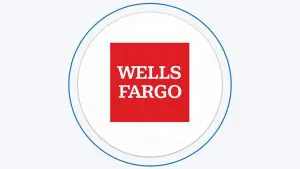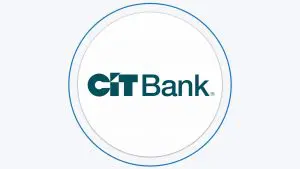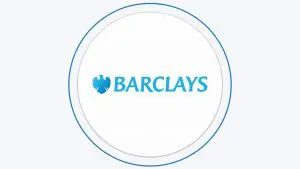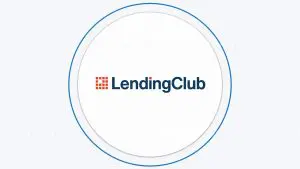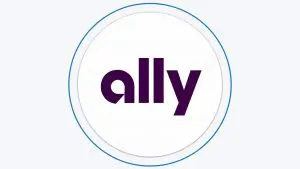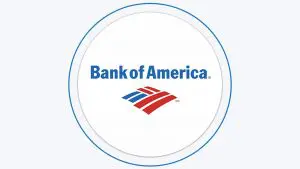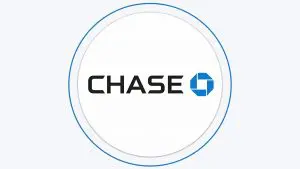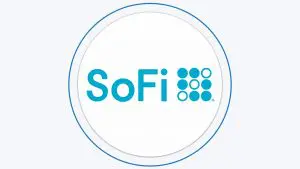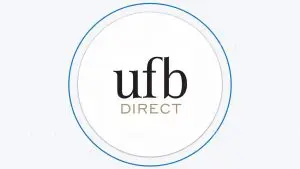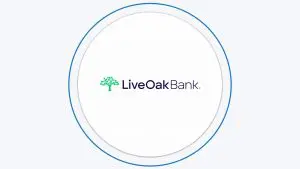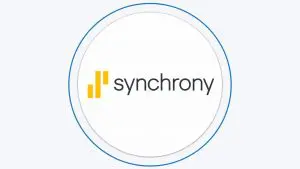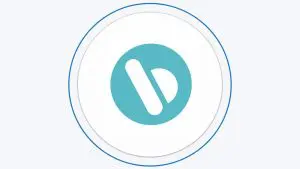Table Of Content
The Pay Yourself First budgeting method has gained significant popularity in recent years due to its simplicity and effectiveness in achieving financial stability. It encourages individuals to prioritize their own financial well-being by setting aside a portion of their income for savings and investments before tackling other financial obligations.
This article will delve into the fundamentals of the Pay Yourself First budgeting method, providing you with valuable insights on how to implement this strategy and transform your financial habits.
What Is Pay Yourself First?
The Pay Yourself First budgeting method is a financial strategy that emphasizes the importance of saving and investing before allocating funds to other expenses. It involves setting aside a predetermined amount or percentage of your income for savings and investments as a top priority, rather than saving whatever is left after all expenses have been paid.
The concept behind Pay Yourself First is rooted in the belief that by prioritizing your own financial goals, such as building an emergency fund, saving for retirement, or achieving other long-term objectives, you lay the foundation for financial stability and future success. It encourages individuals to treat saving as an essential expense, just like paying bills or covering daily living costs.
When practicing Pay Yourself First, you allocate a portion of your income directly to savings and investments as soon as you receive it. This means setting aside the designated amount before using the remaining funds for other discretionary or necessary expenses. By making saving a priority, you ensure that you are consistently putting money towards your future financial security and goals.

How Does It Work?
The Pay Yourself First budgeting method works by prioritizing savings and investments before allocating funds to other expenses. Here's a step-by-step guide on how it works:
Determine your financial goals: Start by identifying your financial objectives, such as building an emergency fund, saving for a down payment on a house, paying off debt, or investing for retirement. Having clear goals will help you determine how much you need to save and invest.
Calculate your income: Determine your monthly income or paycheck amount after taxes and deductions. This will be the basis for allocating funds.
Set a savings/investment target: Decide on a specific percentage or amount that you want to save and invest from your income. Financial experts often recommend saving at least 10% to 20% of your income, but you can adjust this based on your goals and financial situation.
Automate savings: To make Pay Yourself First effective, set up an automatic transfer or direct deposit from your paycheck to a separate savings or investment account. This ensures that the allocated amount is saved or invested before you have a chance to spend it elsewhere.
Increase savings/investments over time: As your income grows or you pay off debts, consider increasing the percentage or amount you allocate towards savings and investments. This allows you to accelerate your progress towards achieving financial milestones.
Remember, the key to making the Pay Yourself First method successful is consistency and discipline.
Pros and Cons
Similar to other budgeting methods, Pay Yourself First is not perfect. While the benefits are clear, there are some drawbacks to consider:
Pros | Cons |
|---|---|
Financial Prioritization | Immediate Cash Flow Constraints |
Building Financial Discipline | Rigidity in Budgeting |
Emergency Fund Creation | Risk of Inadequate Expense Coverage |
Long-Term Wealth Accumulation | Variable Income Challenges |
Reduced Financial Stress | Lack of Flexibility for Short-Term Goals |
Resistance to Lifestyle Inflation |
- Prioritization
By allocating a portion of your income to savings and investments first, you prioritize your own financial goals and ensure that they receive attention and funding.
- Building Financial Discipline
Pay Yourself First instills discipline by making saving a regular and non-negotiable habit. It helps you develop the discipline needed to stick to a budget and achieve your financial objectives.
- Emergency Fund Creation
The method encourages the establishment of an emergency fund, providing a financial safety net for unexpected expenses or emergencies.
- Long-Term Wealth Accumulation
By consistently saving, you have the opportunity to accumulate wealth over time.
The power of compounding can work in your favor, allowing your money to grow and potentially generate additional income.
- Reduced Financial Stress
Having savings and investments in place can alleviate financial stress and provide peace of mind. It creates a sense of security, knowing that you have funds set aside for emergencies and future needs.
- Resistance to Lifestyle Inflation
Pay Yourself First helps prevent lifestyle inflation, which occurs when your expenses increase in proportion to your income.
By prioritizing savings, you resist spending all of your income and instead focus on long-term financial stability.
- Immediate Cash Flow Constraints
Allocating a portion of your income to savings and investments upfront may lead to a temporary reduction in available cash for immediate expenses or discretionary spending.
This requires careful budgeting and adjustment of other spending categories.
- Rigidity in Budgeting
The Pay Yourself First method can be rigid for individuals with limited income or those struggling to meet basic living expenses.
It may require flexibility and adjustments based on personal circumstances.
- Variable Income Challenges
Individuals with variable income may find it more difficult to implement the Pay Yourself First method consistently.
Fluctuating income levels require careful planning to ensure consistent savings and investments.
- Lack of Flexibility for Short-Term Goals
If you have specific short-term goals that require significant financial contributions, such as saving for a down payment or paying off high-interest debt, the Pay Yourself First method may not provide the flexibility needed to prioritize these goals effectively.
When This Method It May Be A Good Idea?
The Pay Yourself First budgeting method can be a good idea in various situations. Here are some scenarios where implementing this method may be beneficial:
Long-Term Financial Goals: If you have long-term financial goals, such as saving for retirement or investing for future milestones, the Pay Yourself First method can be an excellent strategy. It ensures that you consistently allocate funds towards these goals, allowing you to make progress over time.
Irregular Spending Patterns: If you tend to spend your entire income each month without much thought or have difficulty saving consistently, the Pay Yourself First method can help break that cycle. By prioritizing savings and investments, you create a structure that encourages regular saving and reduces the temptation to overspend.
Building an Emergency Fund: Establishing an emergency fund is crucial for financial stability. The Pay Yourself First method can be particularly advantageous in this case, as it prioritizes saving for unexpected expenses. By consistently setting aside a portion of your income, you can gradually build an emergency fund to provide a financial cushion in times of need.
Consistent Income: If you have a stable and predictable income, implementing the Pay Yourself First method becomes easier. It allows you to automate savings and investments, ensuring that a predetermined amount is set aside without requiring frequent adjustments.
When You May Want To Look For Other Budgeting Strategy
While the Pay Yourself First budgeting method can be effective for many individuals, there are situations where it may not be the most suitable approach. Here are some instances when the Pay Yourself First method may not be recommended:
High-Interest Debt: If you have high-interest debt, such as credit card debt or loans with interest rates that exceed potential investment returns, it may be more beneficial to prioritize debt repayment over saving. Paying off high-interest debt first can save you more money in the long run compared to allocating funds towards savings.
Financial Instability: If you are currently facing financial instability, such as unemployment, imminent foreclosure, or overwhelming financial obligations, it may be necessary to prioritize immediate needs and obligations over saving.
Limited Income and Basic Needs: If your income is very limited, and you are struggling to cover essential living expenses, it may be challenging to implement the Pay Yourself First method. In such circumstances, it's important to ensure that your basic needs are met before allocating funds towards savings.
Short-Term Financial Goals: If you have specific short-term financial goals that require a significant amount of money within a relatively short time frame, the Pay Yourself First method may not provide the flexibility needed to allocate a substantial portion of your income towards those goals.
Variable Income: If your income fluctuates significantly, such as being self-employed or working on a commission basis, implementing the Pay Yourself First method consistently may be challenging. It may be more practical to focus on creating a budget that adapts to your varying income levels.

Alternative Budgeting Strategies
There are several alternative budgeting methods that individuals can explore based on their financial goals and personal preferences. Here are four popular alternatives to the Pay Yourself First budgeting method:
-
Traditional Budgeting
Traditional budgeting, also known as line-item budgeting or detailed budgeting, is a widely used budgeting method that involves tracking and categorizing expenses in detail.
Traditional budgeting offers the advantage of providing a comprehensive overview of your finances. It allows you to track expenses in detail, identify areas of overspending or potential cost-saving opportunities, and make informed decisions about your financial priorities.
However, traditional budgeting can be time-consuming and requires regular maintenance and discipline to track expenses accurately.
-
50/30/20 Budgeting
The 50/30/20 budgeting method provides a simple framework for allocating your income into three categories.
It suggests using 50% of your income for needs (essential expenses like housing, utilities, and groceries), 30% for wants (non-essential discretionary spending), and 20% for savings and debt repayment.
This method provides flexibility while ensuring a portion of your income goes towards savings and financial goals.
-
Zero-Based Budgeting
Zero-based budgeting involves allocating every dollar of your income to a specific purpose, ensuring that your income minus expenses equals zero.
With this method, you give each dollar a specific job, including savings, expenses, debt repayment, and investments. It requires meticulous tracking and planning to account for every expense and prioritize financial goals within the budget and required using cash for discipline.
FAQs
How much should I pay myself first?
The amount you pay yourself first depends on your financial goals and income level. Financial experts often recommend saving at least 10% to 20% of your income, but you can adjust this based on your circumstances and objectives.
Can I still pay myself first if I have debt?
This is possible, but when you have high interest debt it may a good idea to prioritize debt repayment than savings.
Should I focus on savings or investments when paying myself first?
Both savings and investments are important when paying yourself first. Start by building an emergency fund to cover unexpected expenses, and then consider investing for long-term growth. A diversified approach that includes both savings and investments can help you achieve various financial goals.
Can I use the Pay Yourself First method if I have multiple financial goals?
Absolutely. The Pay Yourself First method is highly adaptable to multiple financial goals. Allocate a portion of your income towards each goal based on their priority and timelines. This way, you can make progress on various objectives simultaneously.
What if unexpected expenses arise? Should I still pay myself first?
Unexpected expenses are a part of life, but that shouldn't deter you from paying yourself first. Building an emergency fund through the Pay Yourself First method prepares you for such situations. If unexpected expenses arise, you can tap into your emergency fund rather than compromising your regular savings.
Can I modify the percentage I pay myself first over time?
Yes, you can modify the percentage you pay yourself first as your financial situation changes. As your income grows or you achieve certain milestones, consider increasing the percentage to accelerate your savings and investment efforts.

